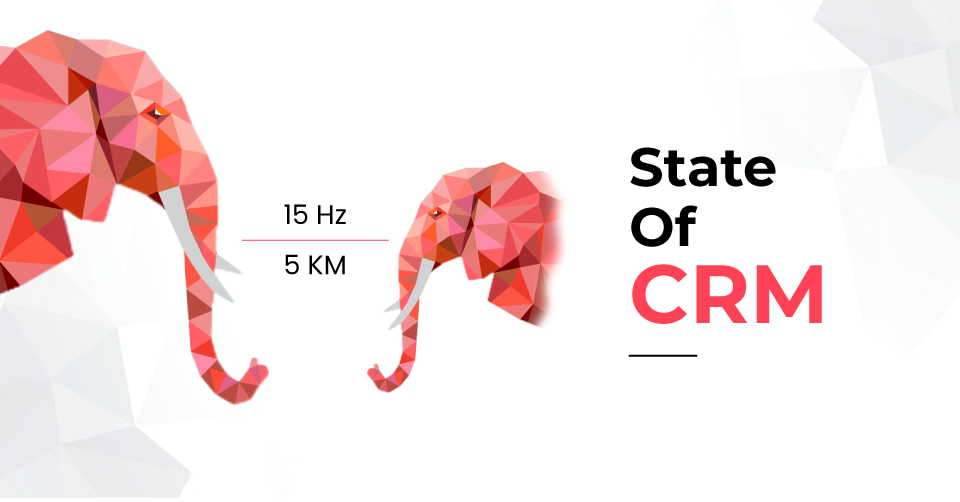When deciding whether to keep the customer service/support function in-house or set up authorized service partners, Original Equipment Manufacturers (OEMs) must weigh several factors to determine which approach will work best for them. This article delves into these factors and provides examples of OEMs that have transitioned between in-house and partner-based support.
When deciding whether to keep the customer service/support function in-house or set up authorized service partners, there are several factors that OEMs should consider. Here are some of the main factors:
- Cost: The cost of providing customer service/support can be significant. An OEM must consider whether it is more cost-effective to keep the function in-house or to outsource it to authorized service partners. The costs of recruiting, training, and managing employees can be higher than the costs of contracting with third-party service partners.
- Expertise: An OEM must consider the expertise required to provide customer service/support. If the OEM’s products are complex or require specialized knowledge, it may be more effective to keep the function in-house, where employees can be trained to be experts in the product. Conversely, if the products are more straightforward, authorized service partners may be able to provide adequate support.
- Geographical coverage: If an OEM’s customers are spread out across a large geographic area, it may be more effective to work with authorized service partners who are located closer to the customers. This can reduce travel costs and response times.
- Customer preferences: Some customers may prefer to work directly with an OEM for customer service/support, while others may prefer to work with authorized service partners. An OEM should consider the preferences of its customers when deciding whether to keep the function in-house or to set up authorized service partners.
- Scalability: If an OEM is growing quickly, it may be challenging to keep up with the demand for customer service/support. In this case, authorized service partners can help to scale up the function quickly and efficiently.
- Brand consistency: An OEM must consider how authorized service partners will represent their brand. It is essential to ensure that partners are trained to provide the same level of service and support as in-house employees to maintain brand consistency.
It is possible that over a prolonged duration, various factors may arise which necessitate a decision reversal. For instance, the profit margins of OEMs on new product sales, in contrast to those of service revenue margins and volume, may indicate the imperative to directly cater to their customers. Alternatively, the inability to align customer experience with the brand’s values may lead an OEM to internalize a portion or all of its after-sales service. Several instances of OEMs that have undergone such transitions are presented below.
Here are some examples of OEMs successfully moving from in-house support to partner-based support.
- Microsoft: Microsoft transitioned from in-house support to a network of authorized service partners to provide technical support for its Surface line of products. The partners are trained and authorized by Microsoft to provide support, repair, and replacement services to customers.
- Cisco: Cisco Systems, Inc., a multinational technology company, shifted its support to a partner-based model by establishing a network of certified partners. These partners provide technical support and services to customers on behalf of Cisco. The partners receive training and support from Cisco to ensure consistent service quality across the network.
- Apple: Apple Inc. has been successful in establishing a network of authorized service providers for its products. These partners provide repair and replacement services to customers who require support beyond what is available at Apple stores.
- HP: Hewlett-Packard (HP) is another example of an OEM that has successfully transitioned to a partner-based support model. HP has established a network of authorized service partners to provide support for its products.
Below are some examples of OEMs moving from indirect service/support to in-house service/support.
- Tesla: Tesla initially relied on third-party service centers to provide maintenance and repair services for its electric vehicles. However, the company gradually moved towards in-house service/support to ensure consistent quality and faster response times. Today, Tesla has its own service centers and mobile service fleets that are operated by the company.
- Dell: Dell Inc. started as a company that sold computers through indirect channels, but eventually moved towards direct sales and in-house support. The company established a customer service center in the 1990s to provide technical support to its customers. Today, Dell has a global network of service centers that provide support to customers around the world.
- Google: Google initially relied on third-party partners to provide customer support for its Google Apps and cloud services. However, the company moved towards in-house support to ensure consistent quality and faster response times. Today, Google has its own customer support team that provides technical assistance to its customers.
- Amazon: Amazon.com started as an online retailer that relied on third-party partners to provide customer support. However, the company gradually moved towards in-house support to ensure consistent quality and faster response times. Today, Amazon has a large customer support team that aids its customers.
Paramantra maintains the conviction that PRM (Partner Relationship Management) is essentially an extension of CRM. With a customer-centric approach, we have developed a platform that specifically caters to the needs of your customers. Our CRM solutions for OEMs have been designed with the aim of enhancing the customer experience. Thus, the platform is equipped with a built-in capability for OEMs to expand their customer experience in various ways, whether through direct or indirect means, or a combination of both. This unique feature allows OEMs to tailor their customer engagement strategies according to their specific business requirements, thereby enhancing customer satisfaction and retention. We, at Paramantra, believe that a customer-focused approach is critical to building successful partnerships and sustainable business growth.


